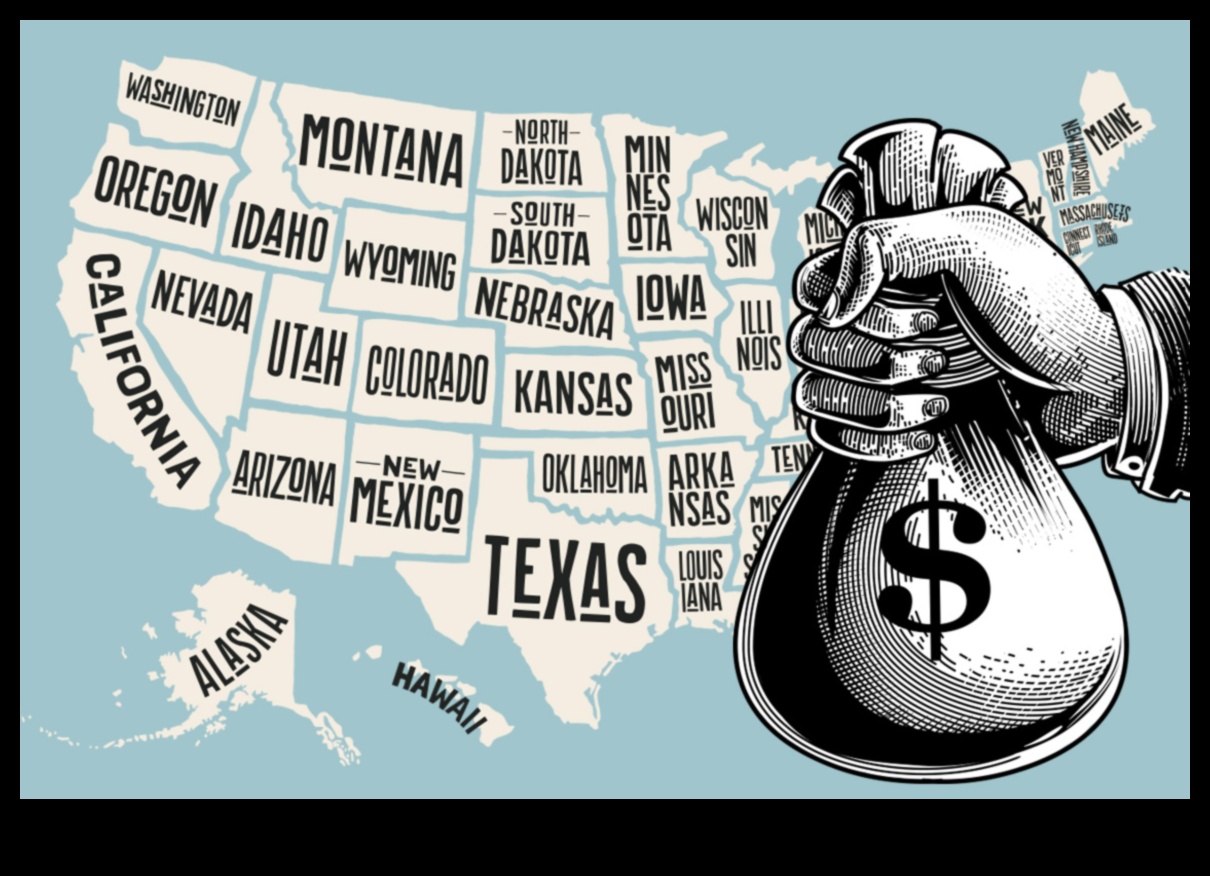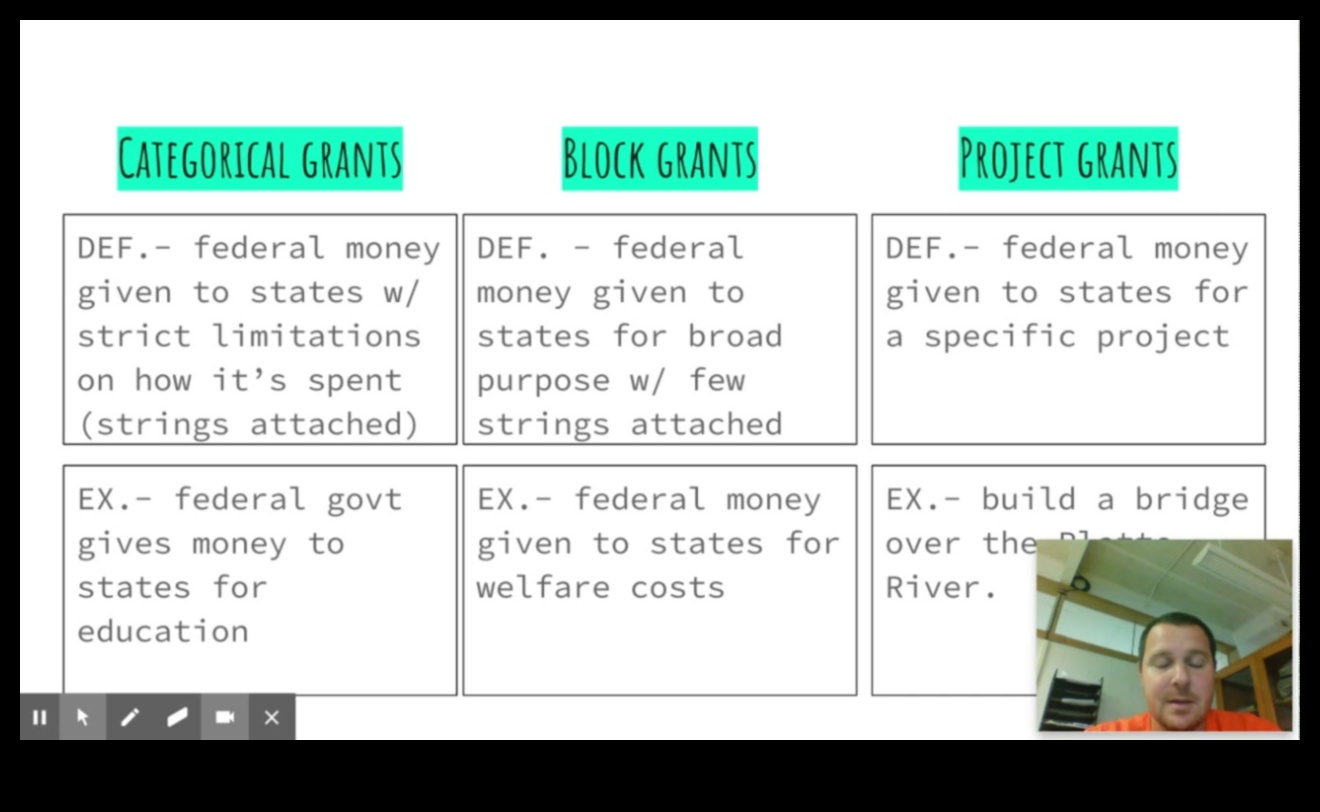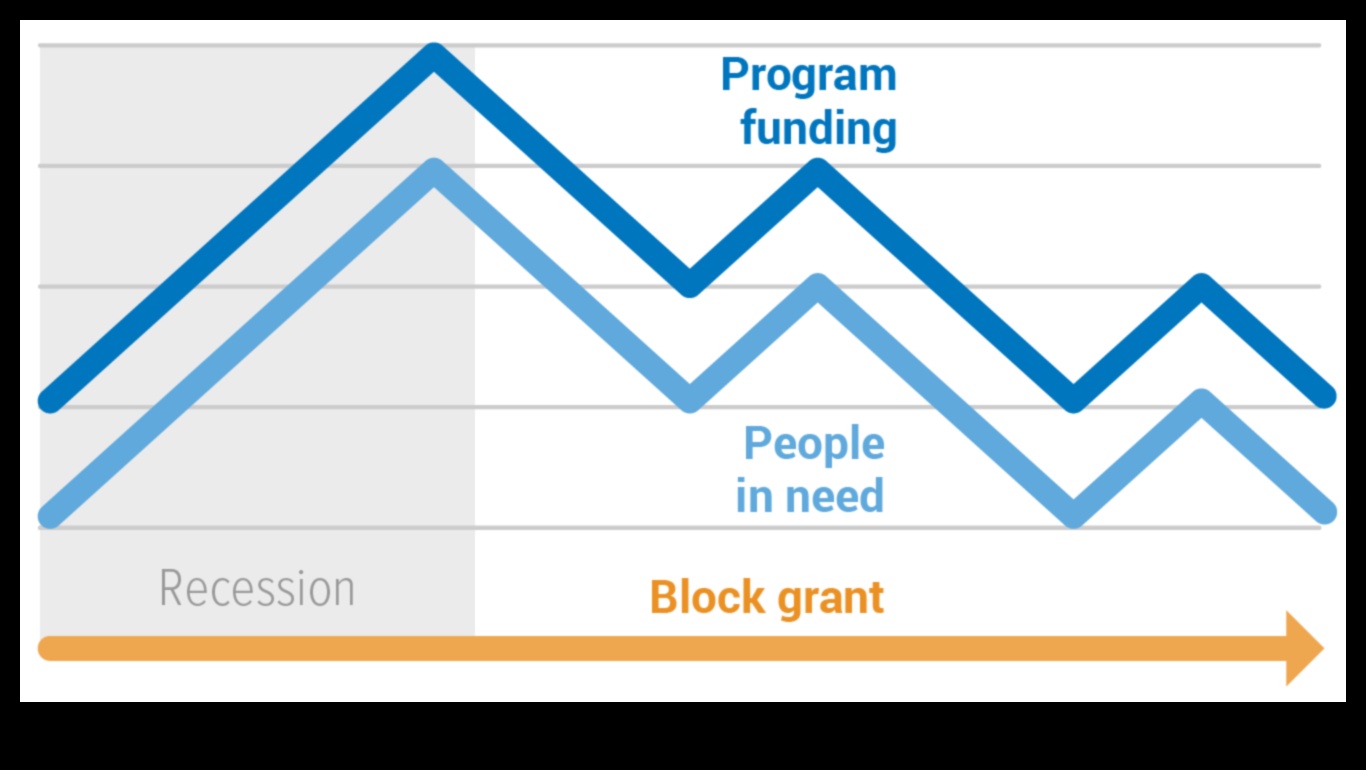
Block Grant Definition
A block grant is a type of federal grant that provides funding to state or local governments for a broad purpose.

History of Block Grants
Block grants were first introduced in the United States in the 1960s.
Types of Block Grants
There are many different types of block grants, each with its own specific purpose.
Advantages of Block Grants
There are a number of advantages to using block grants, including:
- They give states and local governments more flexibility in how they use the funds.
- They can be used to address a wide range of needs.
- They can be more efficient than other types of grants.
Disadvantages of Block Grants
There are also a number of disadvantages to using block grants, including:
- They can be difficult to administer.
- They can lead to duplication of services.
- They can be subject to political interference.
How Block Grants Work
Block grants are typically awarded to states or local governments through a competitive process.
The federal government provides funding to the states or local governments, which then use the funds to implement programs or projects that meet the requirements of the grant.
Who Administers Block Grants
The federal government typically administers block grants through a variety of agencies.
The specific agency that administers a particular block grant will vary depending on the purpose of the grant.
Block grants are funded through the federal budget.
The amount of funding that is allocated for each block grant is determined through the annual appropriations process.
There are many different types of block grants, each with its own specific purpose.
Some examples of block grants include:
- The Community Development Block Grant (CDBG)
- The Education Block Grant (EGB)
- The Health and Human Services Block Grant (HHSBG)
Here are some frequently asked questions about block grants:
- What is the difference between a block grant and a categorical grant?
- How much funding is available for block grants?
- What are the requirements for receiving a block grant?
| Block Grant | Federal Grant |
|---|---|
| Definition | A block grant is a type of federal grant that provides funding to state and local governments for a broad range of purposes. |
| History | Block grants were first introduced in the United States in the 1960s as a way to give state and local governments more flexibility in how they used federal funds. |
| Types | There are many different types of block grants, each with its own set of requirements and criteria. Some of the most common types of block grants include: |
| Advantages | Block grants offer a number of advantages over other types of federal grants, including: |
II. History of Block Grants
Block grants have been used by the federal government since the 1960s. The first block grant program was the Community Development Block Grant (CDBG), which was created in 1974. CDBG is a federal grant program that provides funding to local governments for a variety of community development projects.
Other major block grant programs include the Elementary and Secondary Education Block Grant (ESEA), the Workforce Investment Act (WIA), and the Social Services Block Grant (SSBG). These programs provide funding to state and local governments for a variety of purposes, such as education, workforce development, and social services.
Block grants have been controversial since their inception. Critics argue that block grants give too much power to the states and that they are not as effective as targeted federal programs. Supporters of block grants argue that they give states more flexibility to meet the needs of their residents and that they are more cost-effective than targeted federal programs.
III. Types of Block Grants
There are a variety of different types of block grants, each with its own set of criteria and requirements. Some of the most common types of block grants include:
-
Education block grants: These grants are used to support a variety of education programs, such as early childhood education, K-12 education, and college and university financial aid.
-
Health block grants: These grants are used to support a variety of health programs, such as Medicaid, Medicare, and the Children’s Health Insurance Program (CHIP).
-
Social services block grants: These grants are used to support a variety of social services programs, such as child welfare, child care, and food assistance.
-
Housing block grants: These grants are used to support a variety of housing programs, such as public housing, affordable housing, and homeless assistance.
-
Other block grants: There are a number of other types of block grants that are used to support a variety of other programs, such as transportation, environmental protection, and economic development.
IV. Advantages of Block Grants
There are several advantages of block grants, including:
- Flexibility: Block grants give states and local governments more flexibility in how they use the funds, which can allow them to address the specific needs of their communities.
- Efficiency: Block grants can be more efficient than categorical grants, which often require states and local governments to submit detailed reports on how they are using the funds.
- Accountability: Block grants can still be held accountable for their use of funds, as they are required to submit annual reports to the federal government.
Overall, block grants can be a valuable tool for states and local governments to address the needs of their communities. However, it is important to note that block grants can also have some disadvantages, which are discussed in the next section.

V. Disadvantages of Block Grants
There are a number of disadvantages of block grants, including:
They can lead to a decrease in federal funding for programs. Because block grants are given to states with no strings attached, states may be less likely to use them for programs that the federal government prioritizes. This can lead to a decrease in funding for important programs, such as those that provide assistance to low-income individuals or those that address public health issues.
They can make it difficult to track the impact of federal funding. When federal funds are given to states in the form of block grants, it can be difficult to track how the money is being used and what impact it is having. This can make it difficult for the federal government to ensure that its funds are being used effectively.
They can lead to a decrease in accountability. When states are given block grants, they have more flexibility in how they use the money. This can lead to a decrease in accountability, as states may not be held as accountable for the use of federal funds as they would be if the funds were given in the form of categorical grants.
They can create a lack of uniformity in programs across states. Because states have the flexibility to use block grants for a variety of purposes, there can be a lack of uniformity in programs across states. This can make it difficult for individuals to access services and programs that they need, and it can also make it difficult for the federal government to monitor the effectiveness of programs.

VI. How Block Grants Work
Block grants are a type of federal grant that provides funding to state and local governments for a specific purpose. The federal government provides the funding, and the states and local governments are responsible for administering the programs and distributing the funds to eligible recipients.
Block grants are designed to give states and local governments more flexibility in how they use the funds. This allows them to tailor the programs to the specific needs of their communities.
There are a number of different types of block grants, each with its own set of rules and regulations. Some of the most common types of block grants include:
- The Community Development Block Grant (CDBG) program provides funding for a variety of community development projects, such as housing rehabilitation, economic development, and infrastructure improvements.
- The Education Block Grant (EGB) program provides funding for a variety of education programs, such as early childhood education, K-12 education, and college and career readiness.
- The Health and Human Services Block Grant (HHSBG) program provides funding for a variety of health and human services programs, such as child welfare, substance abuse prevention and treatment, and mental health services.
Block grants can be a valuable tool for states and local governments to address the specific needs of their communities. They provide flexibility and allow for tailored programming, which can lead to better results.
VII. Who Administers Block Grants
Block grants are typically administered by state governments. However, in some cases, the federal government may retain some administrative authority over a block grant program. For example, the federal government may require states to submit plans for how they will use the funds from a block grant program, or the federal government may provide technical assistance to states that are administering a block grant program.
The specific agency that administers a block grant program will vary depending on the program. For example, the Department of Health and Human Services (HHS) administers the Temporary Assistance for Needy Families (TANF) block grant program, while the Department of Education administers the Title I block grant program.
State governments typically have a great deal of flexibility in how they administer block grant programs. This flexibility allows states to tailor programs to the specific needs of their communities. However, states must still comply with the federal regulations that govern block grant programs.
Block grants can be a valuable tool for state governments to address the needs of their communities. They provide states with the resources they need to develop and implement programs that are tailored to the specific needs of their residents.
Funding for Block Grants
Block grants are funded by the federal government. The amount of funding that is allocated to each block grant is determined by the federal government. The federal government may base the amount of funding that is allocated to a block grant on a variety of factors, such as the need for the funding, the number of people who are eligible for the funding, and the cost of providing the services that are funded by the block grant.
Block grants are typically awarded to state governments. State governments then use the funding to provide services to their residents. State governments may also subgrant funds to local governments or nonprofit organizations.
The amount of funding that is allocated to a block grant can vary from year to year. This is because the federal government’s budget is subject to change. If the federal government’s budget decreases, the amount of funding that is allocated to block grants may also decrease.
Block grants can be a valuable source of funding for state and local governments. However, it is important to note that block grants are not guaranteed. The amount of funding that is allocated to a block grant can change from year to year. This means that state and local governments need to be prepared for the possibility that their block grant funding may decrease.
IX. Examples of Block GrantsHere are some examples of block grants:
- The Community Development Block Grant (CDBG) is a federal grant program that provides funding to local governments for a variety of community development projects, such as affordable housing, economic development, and infrastructure improvements.
- The Individuals with Disabilities Education Act (IDEA) is a federal grant program that provides funding to states for special education services for children with disabilities.
- The Head Start program is a federal grant program that provides early childhood education and other services to low-income children.
X. FAQ
Here are three questions about block grants and their answers:
Question 1: What is a block grant?
Answer: A block grant is a type of federal grant that provides states with a lump sum of money that can be used for a variety of purposes. Block grants are not subject to the same restrictions as other types of federal grants, which gives states more flexibility in how they use the money.
Question 2: What are the advantages of block grants?
Answer: There are several advantages to block grants, including:
- They give states more flexibility in how they use the money.
- They can help to reduce the administrative burden on states.
- They can help to promote innovation and creativity.
Question 3: What are the disadvantages of block grants?
Answer: There are also some disadvantages to block grants, including:
- They can lead to duplication of services.
- They can be difficult to monitor and evaluate.
- They can create a sense of dependency on the federal government.